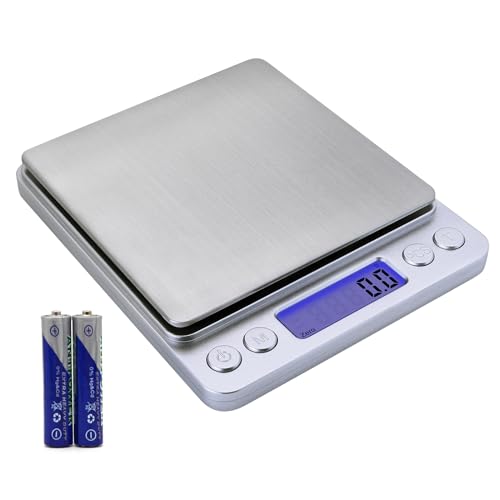They can indeed - when it comes to saponified properties. Check out the number on soap calc and the two are almost identical.
I looked and they are very similar. I was searching and I did find this older post on the forum. It seems there still might be a reason to use both:
"The numbers you are looking at have their uses, but I would not assume any two fats will produce similar soap, just because the hardness, bubbly, creamy, etc. numbers are somewhat similar. My husband and a body builder might weigh the same, but I suspect it might be inaccurate to decide the two guys are "similar" on the basis of their weights. :grin:
Asking your pardon in advance for trotting out even more numbers, here is more detailed info on these two:
The NaOH saponification number of Palm is running about 0.144; shea is about 0.131. The iodine number (a measure of polyunsaturation) is 48-58 for palm, 125-145 for shea, indicating shea has more unsaturated fatty acids. My notes show INS values of about 148 for palm and 112 for shea, more or less. All this means palm is going to saponify easier and give a harder, less conditioning bar.
Palmitic (saturated) and oleic (monosaturated) fatty acids predominate in the palm oil. Oleic and stearic (saturated) fatty acids are the main ones in shea. If you are concerned about DOS, both fats should work well, but palm gets the edge due to less polyunsaturation, looking back at the iodine numbers.
I don't have numbers for the unsaponifiable chemicals in the fats, but my understanding is that shea has quite a high % of unsaponifiables, which would add to the skin conditioning properties in a way that's not measured by the "conditioning, bubbly, creamy, etc." numbers."










































